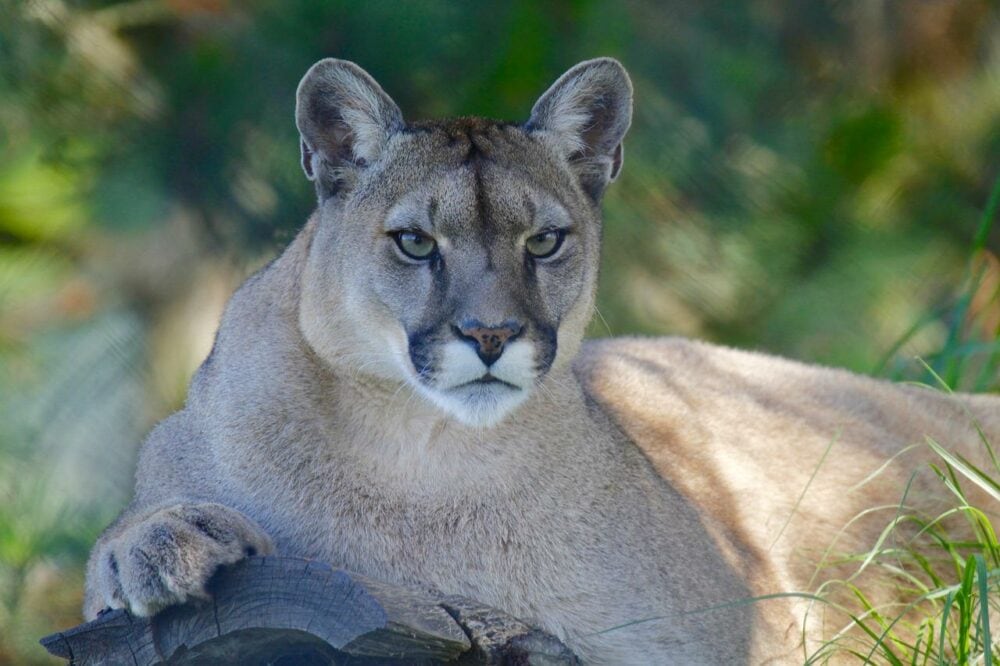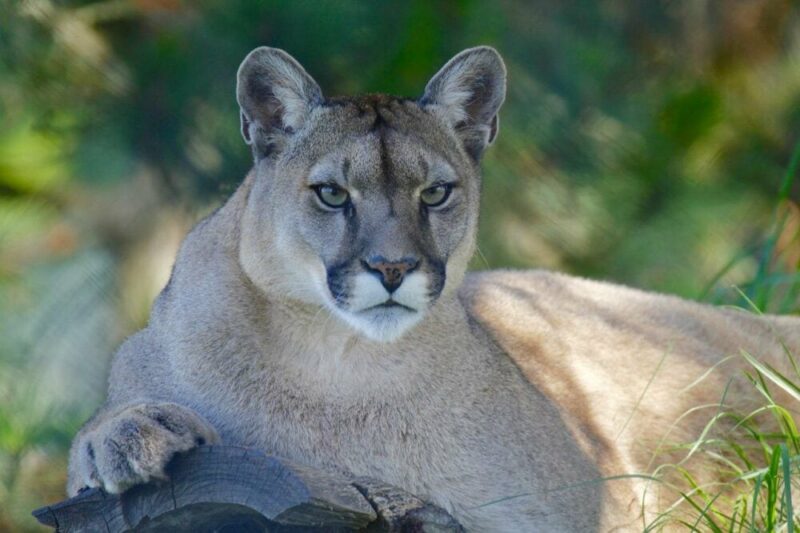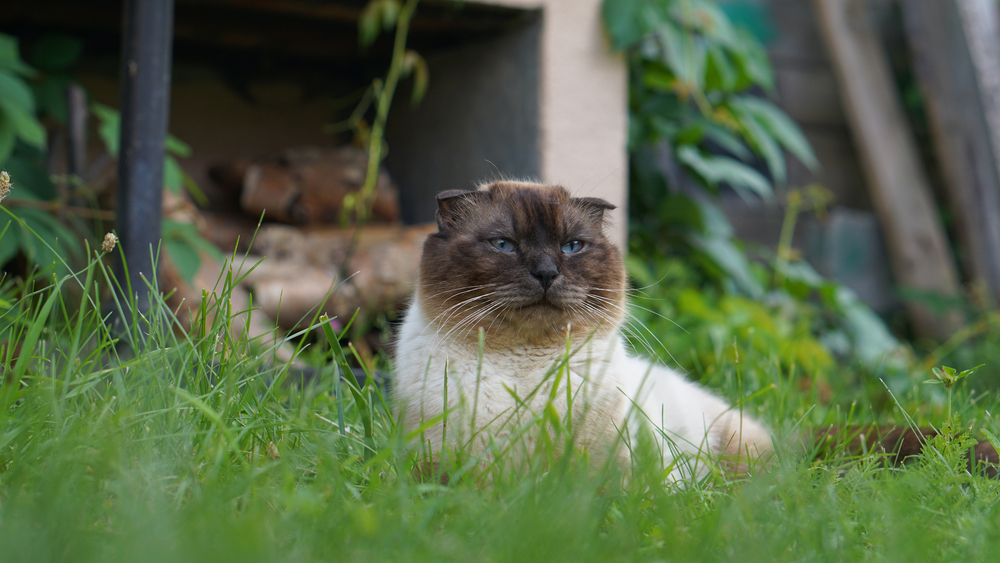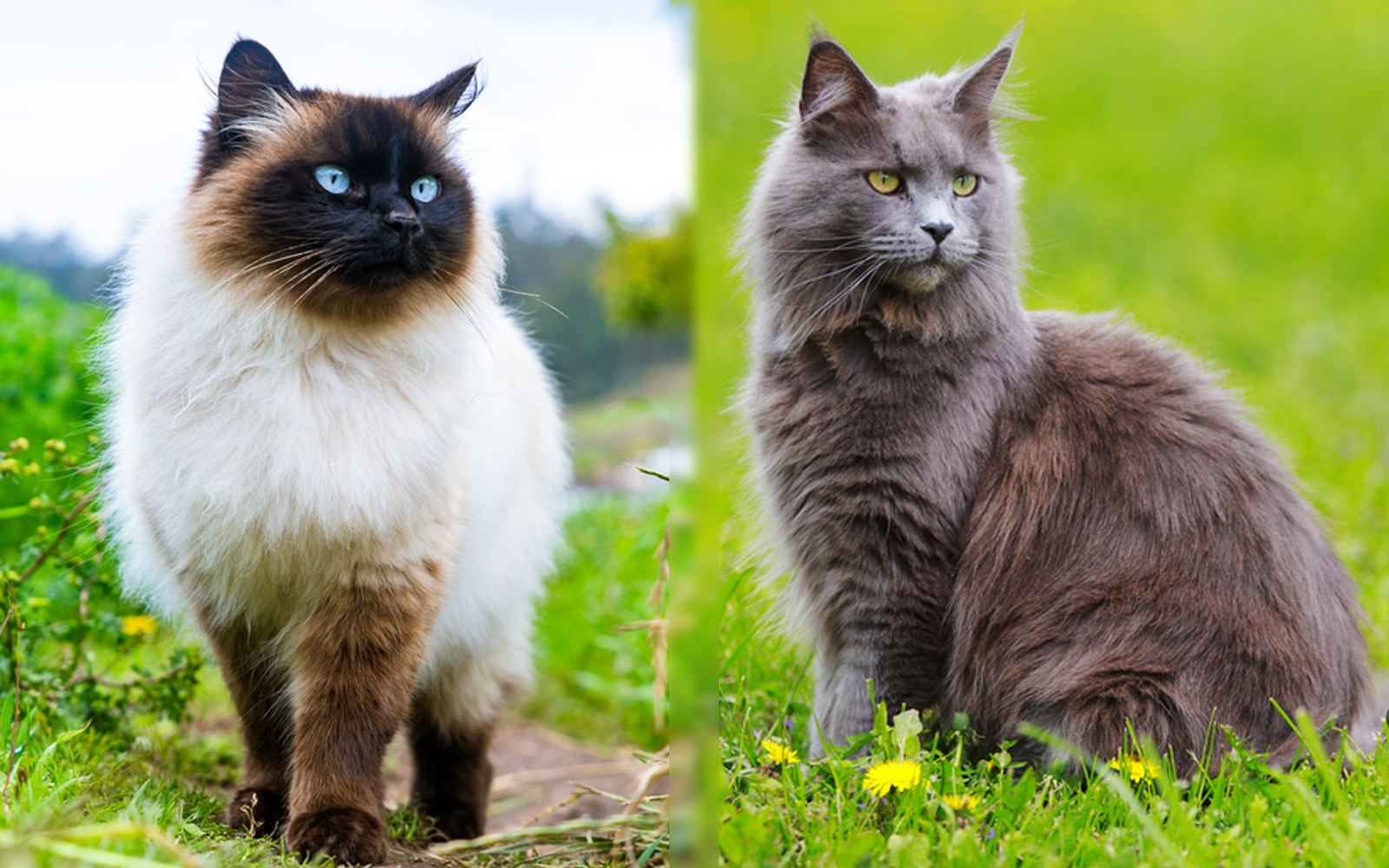Connecticut is a wonderous state, with its villages filled with history, city skylines, coastline beaches, and rolling forested hills. There is also a notable diversity of wildlife, including beavers and badgers, white-tailed deer, and wildcats. Although there are few wild cats, some wild felines call Connecticut home and can be seen lying low in the brushy woodlands.
The population of wildcats in Connecticut is estimated to be around 100, with most of that population being Bobcats1. The remainder is made up of the rare Lynx and Mountain Lions. If you are lucky enough to spot one, this article will show you what to look for and determine the type of wildcat you have encountered.
The 3 Types of Wild Cats in Connecticut
1. Bobcat
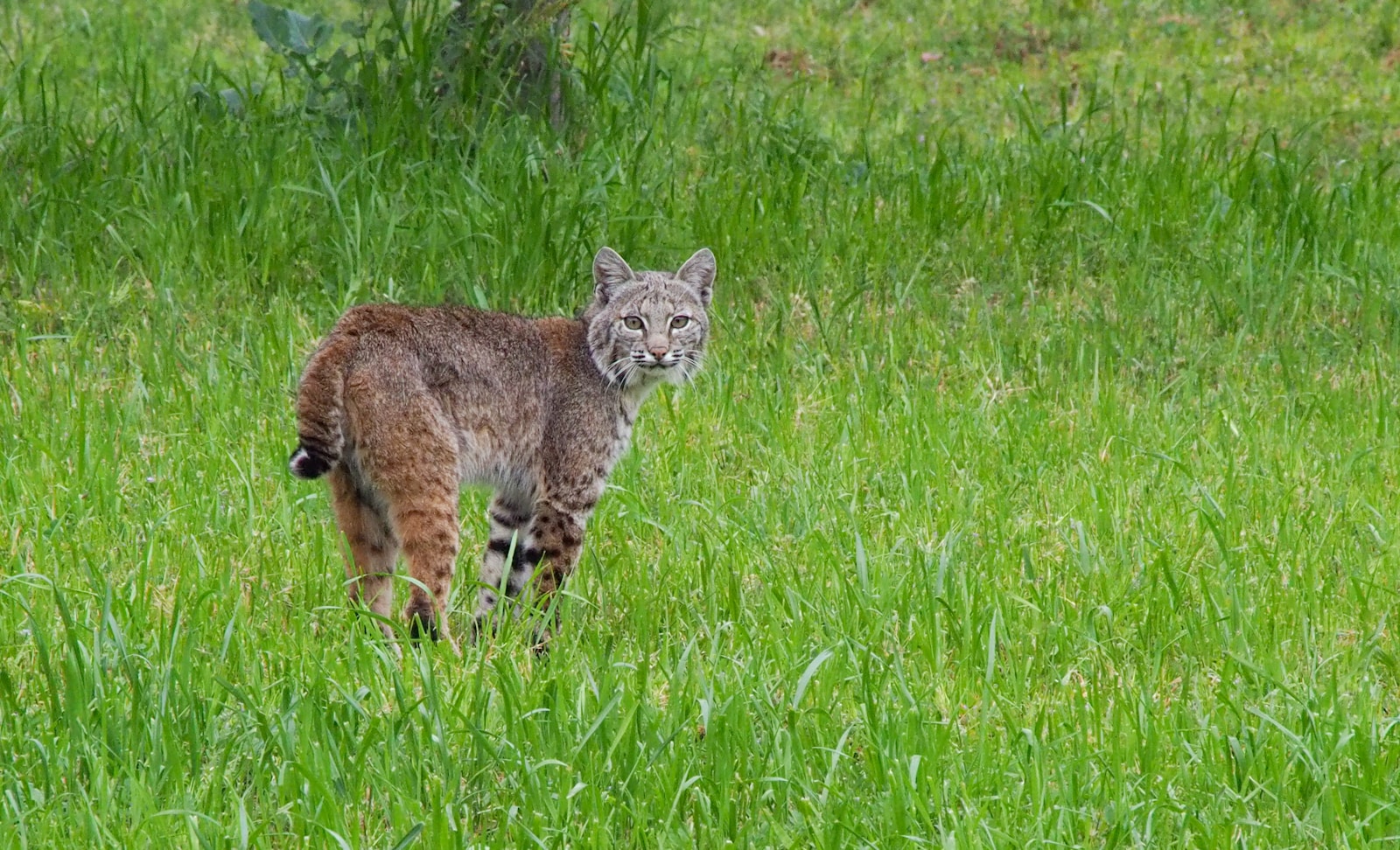
The most common and abundant wild cat in Connecticut is the Bobcat. They are not commonly spotted because they are secretive and solitary and are most active just before dawn and just after dusk. Bobcats were not previously protected in Connecticut and were considered a threat to agriculture and game species.
Bobcats can now be found in all eight Connecticut counties; however, the highest concentrations are found in the state’s Northwestern corner.
Description
Bobcats are named for their short “bobbed” tails that may have a few faint dark bands with black tips and white underparts. They are medium-sized cats with brown or tan coats, dark stripes or spots, pointy ears that include tufts of black fur, and prominent cheek ruffs. Adult males typically weigh 18−35 pounds and stand 32−37 inches tall. Adult females typically weigh 15−30 pounds and stand 28−32 inches tall.
Range
Historically, the bobcat’s range included all the lower 48 states, as well as Southern Canada and Central Mexico. Sadly, the bobcat has become extinct in some areas along the mid-Atlantic coast because of overharvesting and human development. Bobcats are also no longer found in parts of the Midwest where intensive agriculture has reduced their habitat.
Habitat
Bobcats prefer swamps, brushy lowlands, and woodlands that include old roads or fields but can be found in hardwood and mixed wood forests.
Diet
Like most felines, Bobcats are carnivores. Depending on what’s available locally, they will eat a variety of prey. Their diet includes squirrels, rabbits, birds, and occasional insects and reptiles. They also prey on domestic animals such as pigs, sheep, and poultry, much to the concern of local farmers. Deers that form part of a Bobcat’s diet are usually injured, sick, or very old or young.
2. Canada Lynx
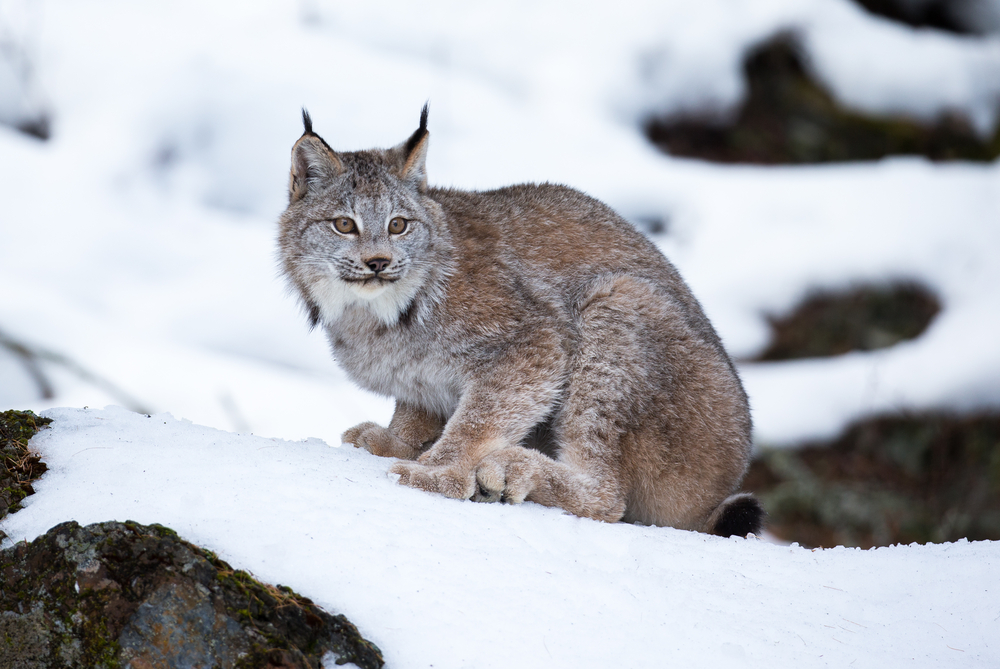
The Lynx was once common in the Northern United States, but hunting and deforestation caused significant population declines in the Northeast. Lynxes were thought to have vanished from Connecticut for decades until a set of tracks was discovered in 2011.
It now appears that Connecticut has a small breeding population of the cats. They are usually silent and nocturnal, except during the mating seasons. They tend to live alone or in small groups.
Description
The appearance of the Canada Lynx is similar to that of the Bobcat, but it can be distinguished by its wider feet, longer legs, longer ear tufts, and more prominent, black-tipped tail. An adult weighs between 18 and 38 pounds and measures between 26 and 42 inches in length; it stands 24 inches tall at the shoulder on average.
Range
The Lynx’s range includes most of Canada and Alaska and parts of Washington, Oregon, Idaho, and Montana. You can find Lynx in the northern and western parts of Connecticut.
Habitat
Lynx are found in dense coniferous forests near rocky outcroppings, bogs, and swamps. They prefer snowy winters and an abundance of their favorite prey, the Snowshoe Hare.
Diet
The Canada Lynx eats birds, mice, and squirrels, but their prey of choice is the Snowshoe Hare. They rely so much on it that their population decreases when the population of Snowshoe Hares declines, which is about every 10 years.
When there are fewer Hares to eat, rodents and birds such as squirrels and sparrows supplement the Lynx’s diet. Its diet may also include Moose and Caribou calves, but they rarely attack large animals. The Lynx is a nocturnal hunter.
3. Mountain Lions
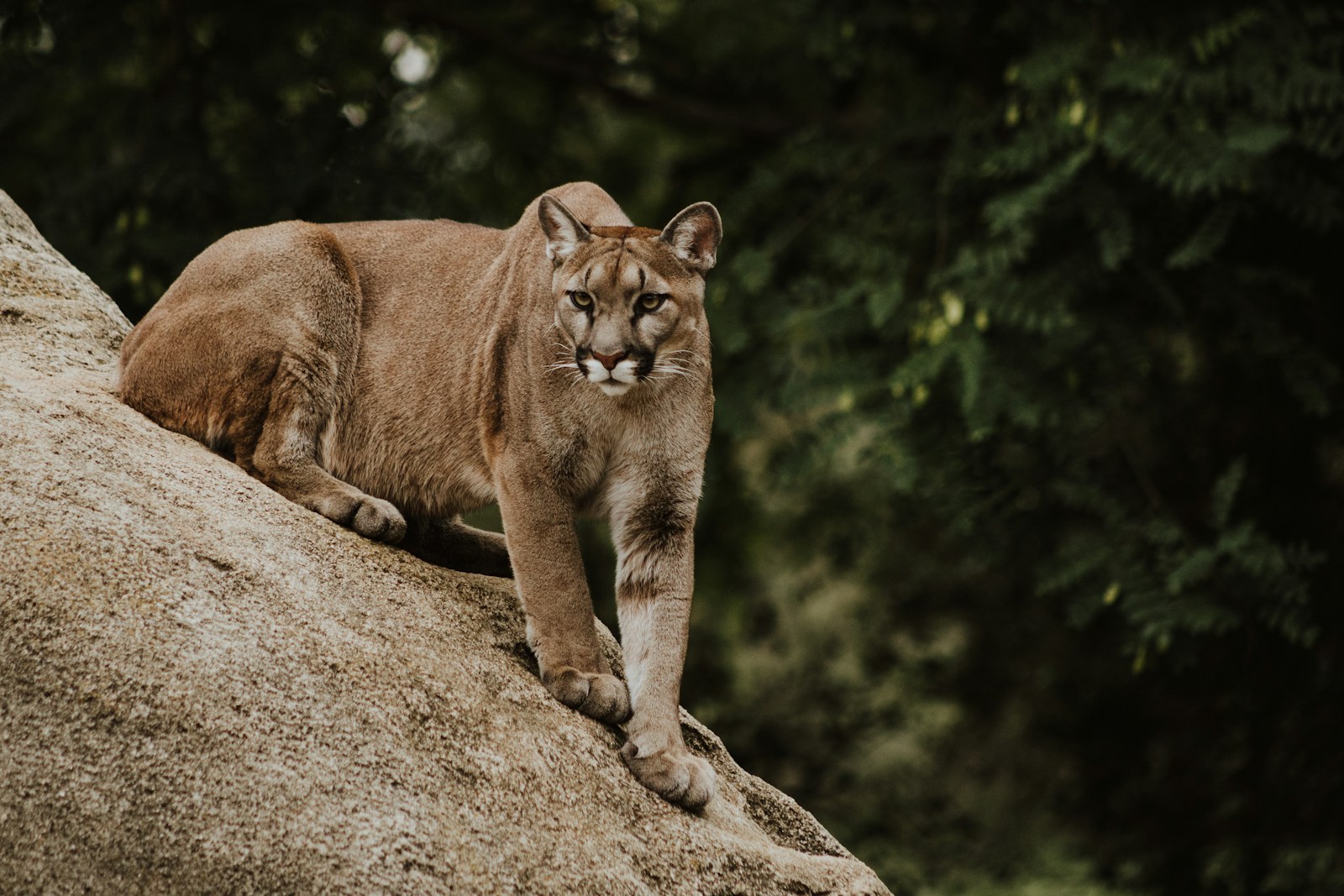
Mountain Lions, also known as Cougars, are a large species native to the Americas. According to a wildlife biologist with the Connecticut Department of Energy and Environmental Protection’s Wildlife Division, the department receives around 100 reports of mountain lion sightings each year, but it appears that many of the sightings are Bobcats. In 2011, a car hit a Mountain Lion on the Merritt Parkway near exit 55, and that was the last confirmed case. Before that, the last confirmed case was over 100 years ago.
Description
Mountain Lions are large cats. In fact, they are the world’s fourth-largest cat species, after tigers, lions, and jaguars. They have tan and beige coats, a white belly and chest, and black markings on the tips of their tail, ears, and around the snout.
Although their size can vary depending on their location, generally, the male weighs 115–220 pounds, while the female weighs 64–141 pounds.
Range
According to the National Wildlife Federation, the Mountain Lion has the “greatest range of any living mammal in the Americas,” stretching from the Canadian Yukon to the Strait of Magellan.
Cougars can be found in Connecticut’s western and southern regions.
Habitat
Mountain lions are highly adaptable. Their ability to adapt to different habitats is one of the reasons they have such a wide range. Mountain Lions live in various ecosystems, including mountains, forests, deserts, and wetlands, and they can be found anywhere there is shelter and prey. They prefer steep, rocky canyons or mountainous terrain as their natural habitat.
Diet
Like most large cats, Mountain Lions are obligate carnivores and stealthy predators. They usually prey on deer, elk, moose, and mountain goats, but they will eat smaller animals, like rabbits and insects, if necessary. These felines must be opportunistic to capture enough prey to survive.
Conservation of Wild Cats in Connecticut
Habitat loss is one of Connecticut’s most serious threats to wild cats. As land is developed and habitats are removed, space for wild cats is decreasing. Wild cats then have to compete for prey and shelter, leading to a decline in their numbers. Hunting is another threat to the large cats. Bobcats and Lynxes are illegal to hunt, while Mountain Lions are still hunted for their fur.
Bobcats are making a big comeback in Connecticut after nearly being hunted to extinction. Connecticut’s Department of Energy and Environmental Protection estimates the statewide bobcat population has grown to nearly 1,500 across all eight counties since 1972, when it was legally protected from hunting and trapping.
According to the DEEP, due to deforestation, only a quarter of Connecticut was forested in 1825. Nearly 60% of Connecticut is now covered in forest.
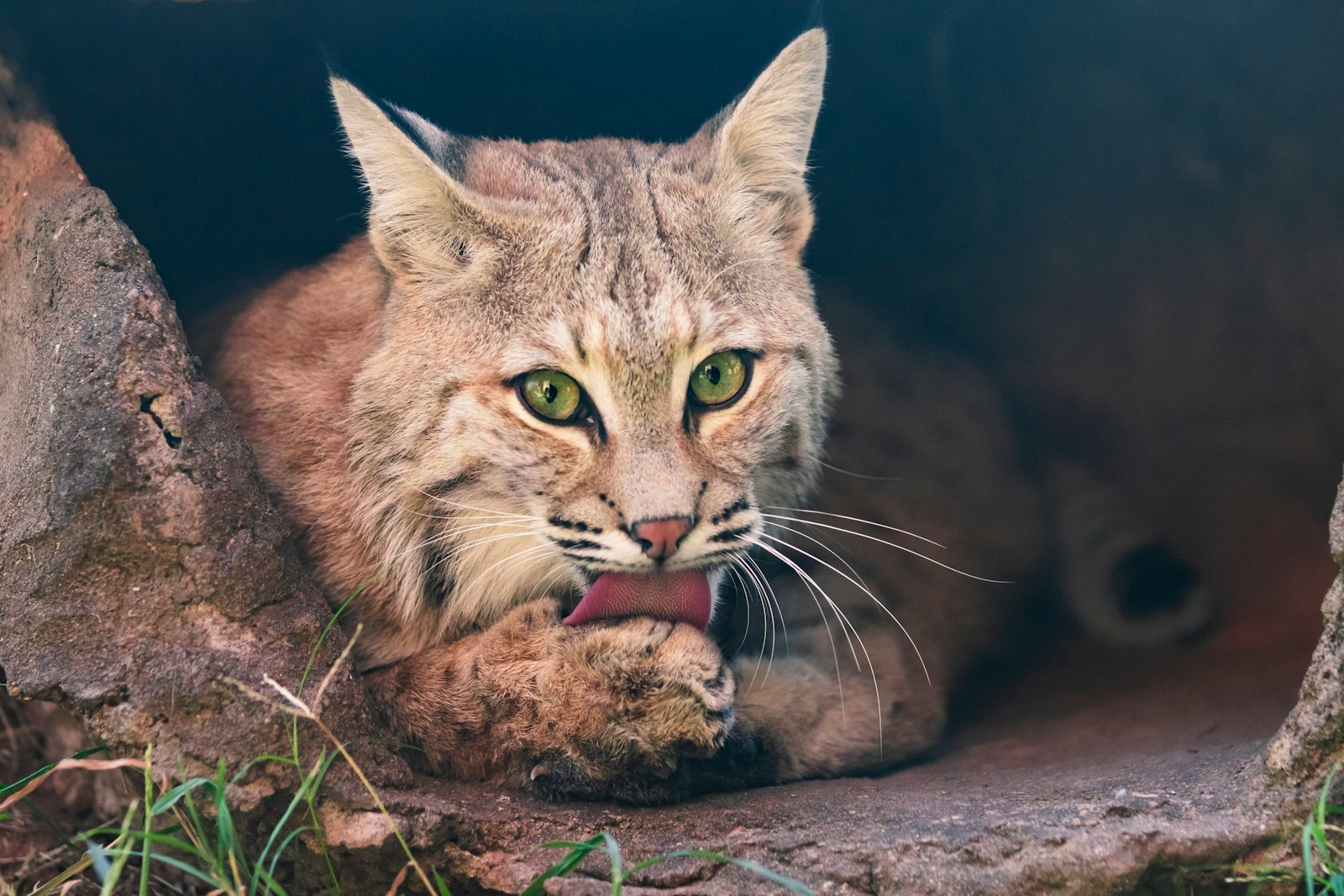
What to Do if You See a Wild Cat in Connecticut
Wild cats rarely fight with humans, and the chances of getting attacked are very low. In fact, bees account for more human deaths than wild cats each year! Bobcats are only a minor threat to farmers, as they prey on their livestock, but are not direct threats to humans. Even if they live close to human-populated areas, the number of attacks is nearly non-existent. Keep your beloved pets under your watchful eye or indoors if you suspect they live nearby.
They will not attack if they don’t feel threatened, and if they are hungry, they will only attack animals. If you encounter a wild cat:
- Do not approach them and try to give them space.
- Stay calm.
- Stand tall and make yourself look intimidating. You can do this by putting your hands above your head.
- Don’t make sudden movements, but keep eye contact with the cat.
- Do not run! This could entice their predatory instincts, and they may chase you.
- Pick up a child or pet without bending over if you are with them, as this may appear hostile and intimidate the cat, causing them to feel the need to defend themselves. Slowly get the child or pet to move behind you.

Conclusion
Although wild cats are not as common in Connecticut as their cousins in African countries, they are still lurking around, and you would be lucky to spot one of the majestic cats. You are most likely to spot a bobcat, as they are the most common and abundant in Connecticut, and if you do, remember that the chances of them attacking you are slim. You are 300 times more likely to get attacked by a domesticated dog! Just stay calm, do not run, stand tall, let it pass, and be mindful of the rare beauty you are witnessing!
See also: Types of Wild Cats in South Carolina (With Pictures)
Featured Image Credit: 3031830, Pixabay

